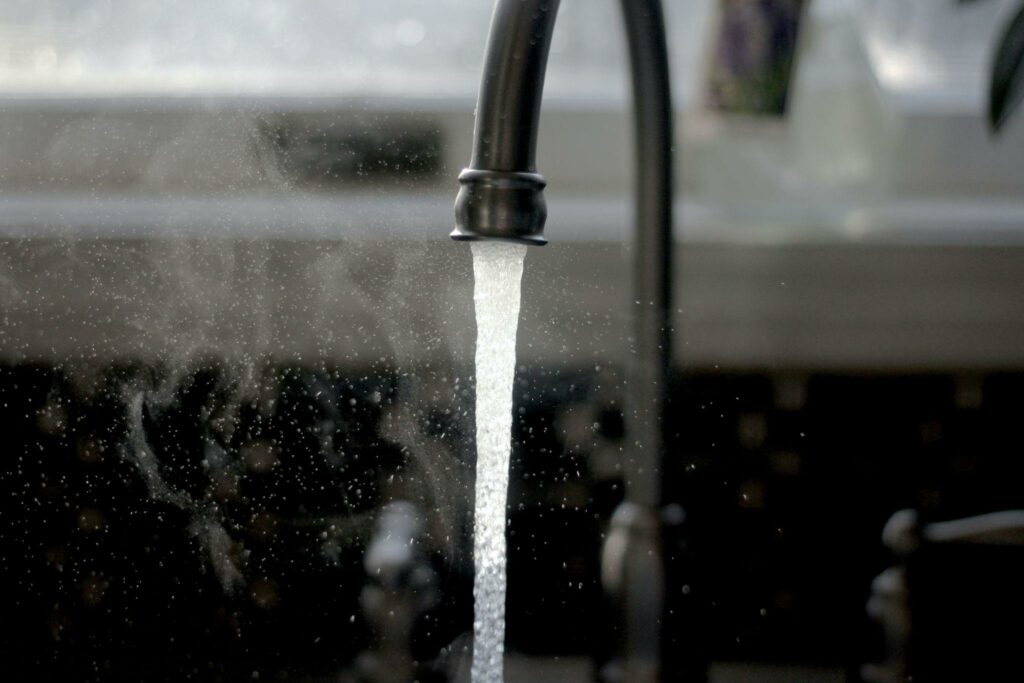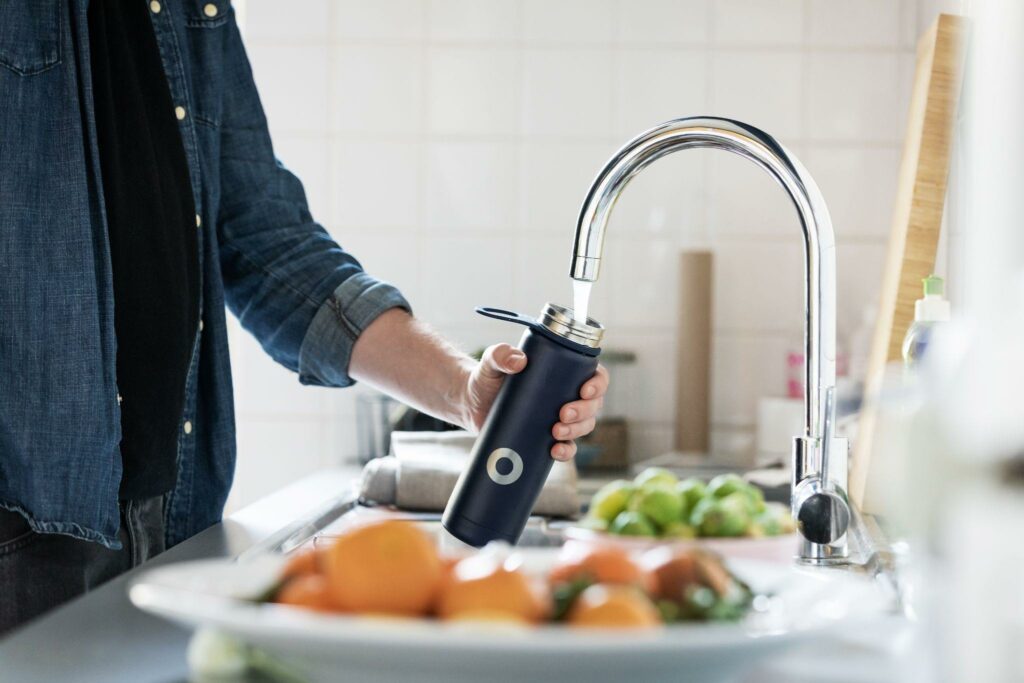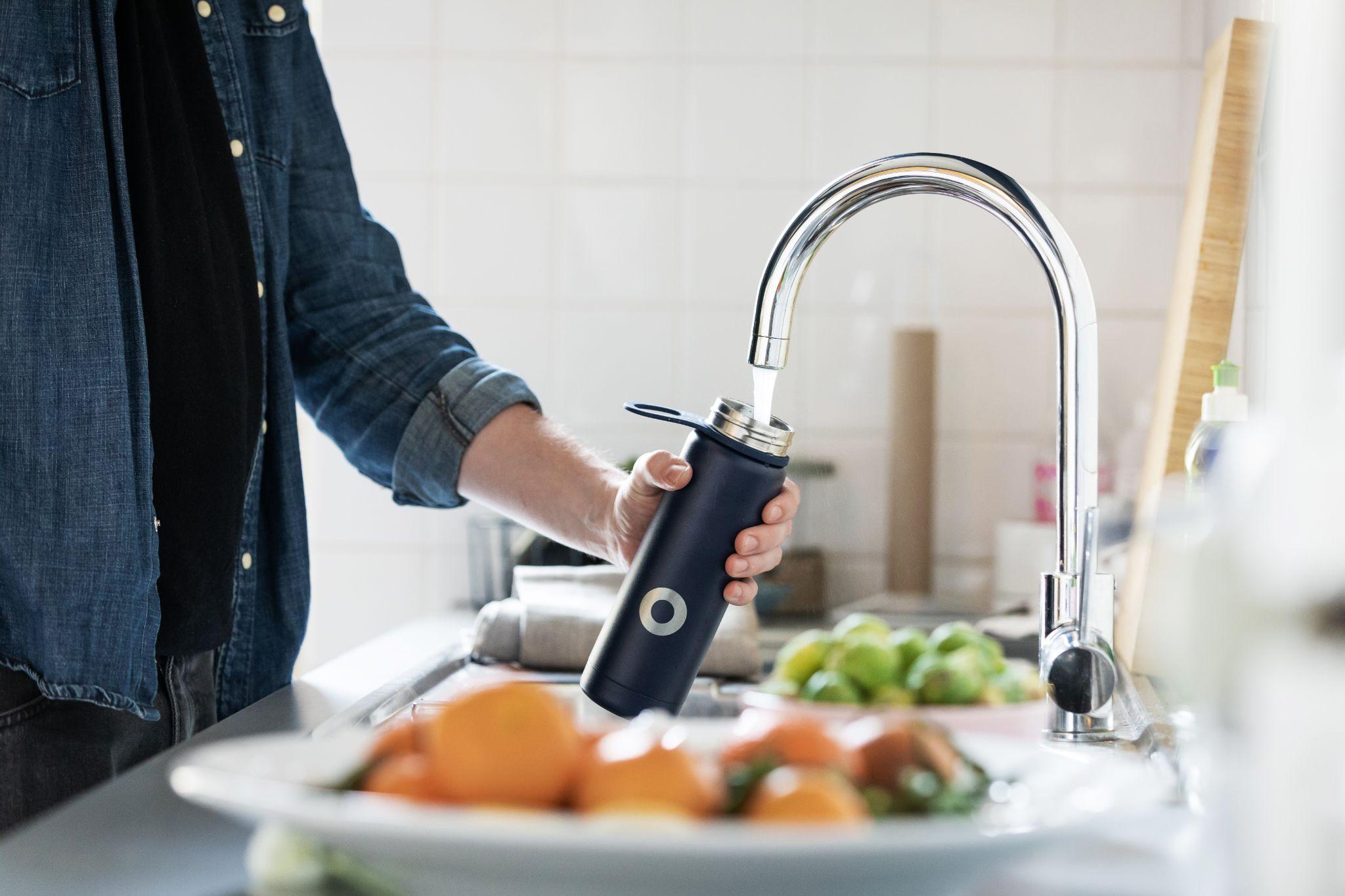Water is one of the most essential aspects of our daily lives, spanning cooking, washing and drinking to keeping ourselves clean. Water also provides essential nutrition in terms of minerals such as calcium, magnesium and sodium that may otherwise go uneaten! Most public water systems must abide by strict health standards, with limits established for 90 different contaminants such as lead.
Table of Contents
Dirty Tap Water: Is Your Tap Water Safe to Drink?

Tap water is generally safe to consume in Australia; however, many factors may impact whether or not it is suitable to drink; these include its source and how it’s treated. You can visit this helpful site for more information.
At present, many cities and towns use chlorine to disinfect their water supplies, with excellent results when used appropriately and consumed safely by people. But improper usage may cause burns or breathing issues which require hospital treatment if left unattended.
Pesticides, herbicides, industrial pollutants and heavy metals can all compromise the safety of tap water supplies, potentially harming its purity and tainting it with chemicals such as pesticides or herbicides. These substances may enter our drinking supply via various sources like agricultural runoff or waste from factories as well as old pipes with corrosion issues that bring contaminants directly into our systems.
Not all water is safe from chemical contaminants; some also contain microorganisms that are potentially hazardous that may enter our drinking supply and be harmful if you are pregnant or have a weak immune system.
When it comes to water contamination, our senses can often help detect dangerous contaminants. If your tap water smells strange, tastes metallic or appears cloudy, these could all be telltale signs.
Your local water authority should always be your go-to source for more information on the quality of your water supply, with online reports that often include sampling data and violations.
Is It Time to Call a Plumber?
If you detect the smell of sewage in your home, shut off all water sources immediately and contact a plumber as soon as possible.
A foul odor could indicate broken, clogged pipes with sludge build-up or backup into drains and toilets as a result of bacteria contamination, suggesting the need for disinfectant treatments; or it could even come from loose P-traps, vent leaks or an overflowing sewer system.
If your plumbing is leaking, a plumber should conduct a complete walk around of your property to assess any exposed areas and pinpoint its source quickly and repair it – saving both money on water costs as well as potential damage to home or garden.
Low water pressure is another telltale sign it’s time to contact a plumber. It might be caused by something as simple as gunk build-up in your faucet’s aerator that can often be corrected with elbow grease and vinegar soak, but if the problem appears in multiple sinks at once or persists over time it could indicate larger issues, such as an obstructed pipe or broken waterline that requires immediate attention.
What will you do ?
An intermittent or persistently dripping tap should be treated as a warning signal and require immediate professional intervention. While it might appear harmless at first glance, continuous drips could waste hundreds of gallons annually and increase your water bill significantly.
If you hear banging and knocking noises coming from your plumbing, this should be seen as an urgent call to call your plumber immediately. Professionals like the ones found at www.perthplumbingco.com.au can help diagnose the issue. These noises indicate “water hammer,” wherein pipes move at unpredictable intervals in unexpected ways causing sudden movement that leads to serious damage if ignored.
A professional can find the source of the issue using special tools and rectify the issue before worsening further; trying to tackle such problems alone at night may prove dangerous and it would be wiser calling your professional for assistance instead.
Health Risks

Most tap water is regulated and meets rigorous safety standards before reaching your kitchen, yet contaminants may still make their way in from its source, during processing, or as it travels through pipes to you.
While most contaminants pose no significant health risks, it’s still important to know which signs to watch out for and how your tap water may be affected by certain types.
Water contamination can come from many different sources, ranging from sewage spills, agricultural runoff and natural geological formations to pollution from city and industrial waste. Contaminated drinking water poses serious threats to public health and may lead to serious illness.
If your tap water looks or tastes strange, it could be contaminated with dangerous chemicals.
A foul odor or metallic taste could indicate heavy metals such as lead and arsenic being present; cloudy or milky waters could contain elevated copper levels from corroded pipes that can lead to liver, kidney and bone damage; high levels of chlorine contaminate drinking water supplies by reacting with other organic compounds to form trihalomethanes that increase cancer risks – these contaminants have no place in our water supplies!
Your drinking water may contain contaminants depending on a number of factors, including where you live, what body of water is nearby, the kind of treatment works done on the water and its length in pipes. Furthermore, poorer communities are at greater risk from contamination.
Common Signs of Contamination
If you notice an unusual smell coming from your tap water, it could be a telltale sign of contamination.
Many contaminants, including bleach, sewage, and chemicals have a distinct odor; if yours has one that’s unpleasant or overwhelming, testing should be considered immediately. In addition to an unpleasant odor, clothes may fade during washing cycles while silverware rusts – this indicates an extreme level of pollution with toxins which could pose risks to you and your family’s well-being.
Unsafe water often occurs as the result of soil or sediment contamination or from corrosion in pipes, where dirt, clay salts, silt and rust accumulate as water passes over it. Furthermore, bacteria or viruses such as cryptosporidium or E coli could enter drinking water through sewage leakage, leading to health risks. You can click the link: www.healthdirect.gov.au/e-coli-infection for more information.
Having clean water is essential in ensuring the health and safety of you and your loved ones. If you have any concerns about your water, be sure to call in experts to help you determine whether it is safe to drink or not.
